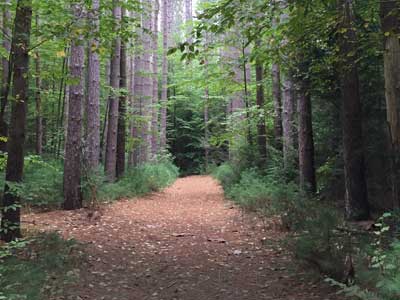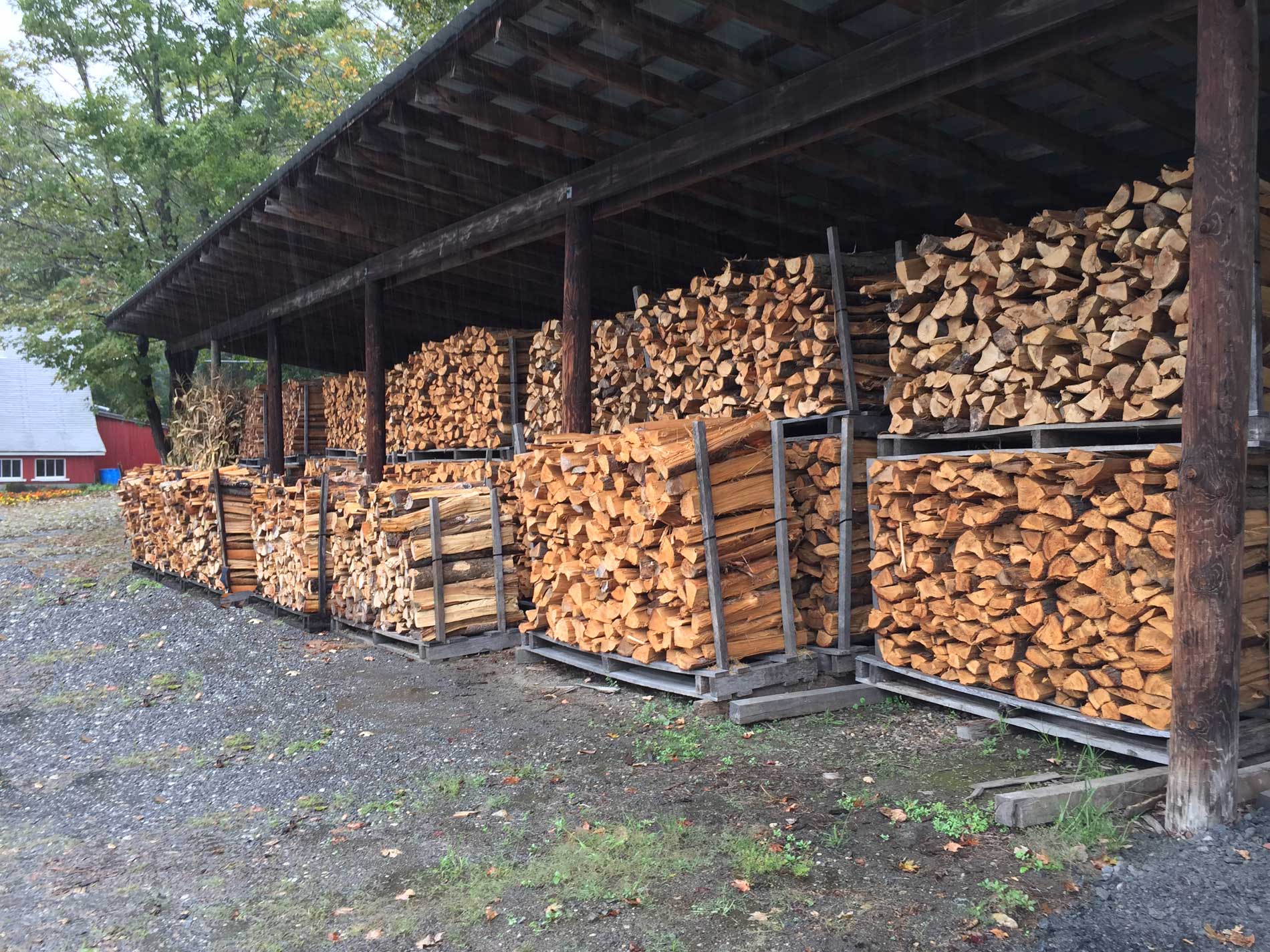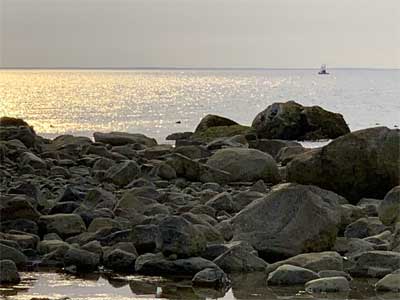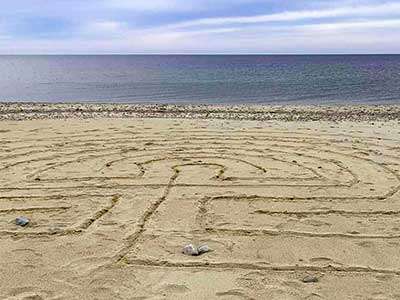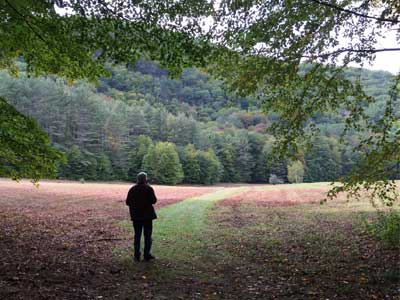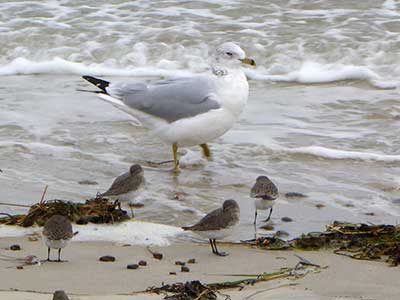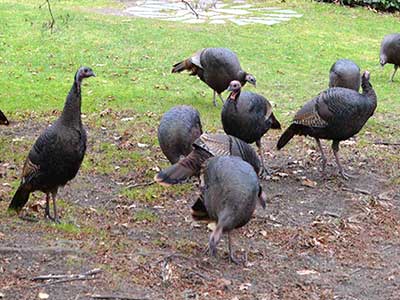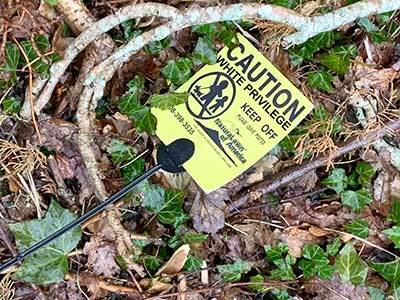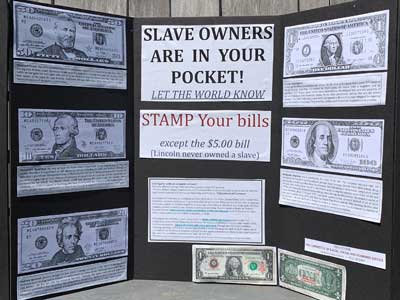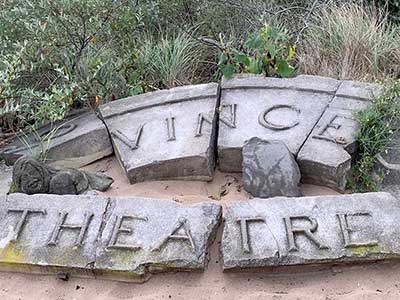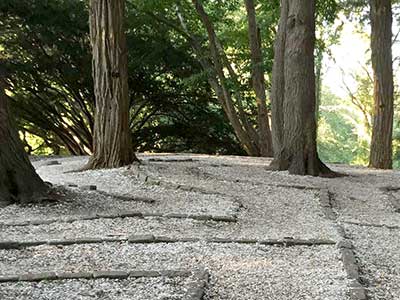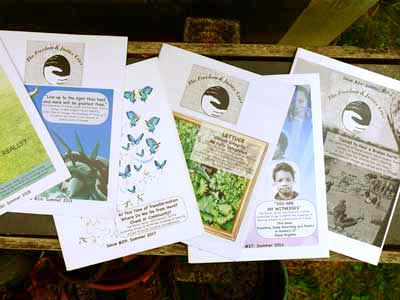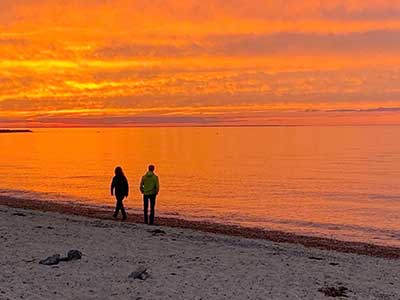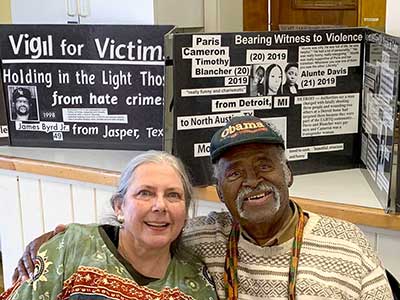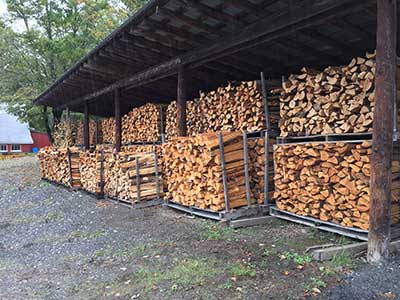by Rhiana Yazzie (Navajo) | October 2020
The following was written by Rhiana Yazzie (Navajo). It was originally posted on Facebook and is republished here with permission.
I’m responding to the “Statement of Global Indigenous Identity and Solidarity” that Rulan Tangen, the founder and artistic director of Dancing Earth Indigenous Contemporary Dance Creations published online on October 12, 2020. I urge you all to read this masterpiece justifying theft: the stealing of Native American identity, fellowships, grants, leadership, thought leadership, movie roles, and countless other robberies big and small, personal and public. …The letter details how over 30 years Rulan’s identity has evolved, and has allowed people, Native and non-Native to believe she was Native American. She now says, “I am often mistaken for or mislabelled as Native American, and my community kinship ties have possibly added to this mis-association.”
TAGS: [Strategies] [2020’s] [Indigenous] [Systemic Racism] [Myths] [Art & Culture] [Assumptions] [Economics]
Resource Links Tagged with "Indigenous"
Teaching the Hard History of Indigenous Slavery; TT’s newest film, ‘The Forgotten Slavery of Our Ancestors,’ offers a classroom-ready introduction to the history of Indigenous enslavement in What is Now the United States.
by Teaching Tolerance Staff | October 2020
Recognizing the ways that American enslavement and dispossession continue to shape our lives is a critical first step in working to address oppressive systems still in place. And students deserve an accurate reckoning of that legacy. As Hasan Kwame Jeffries, chair of our Teaching Hard History Advisory Board, wrote in his preface to that project, “Some say that slavery was our country’s original sin, but it is much more than that. Slavery is our country’s origin.”
TAGS: [Collective Action] [2020’s] [Teachers] [Indigenous] [Slavery] [Anti-Racism] [Accountability] [Systemic Racism]
American Violence in the Time of Coronavirus
by Graham Lee Brewer | May 2020
Roxanne Dunbar-Ortiz digs into the roots of violence buried deep within the country’s history. From the election of Donald Trump to the crisis of the COVID-19 pandemic, American violence has been on unprecedented display. The pandemic has likewise exposed some of the nation’s starkest disparities, not only in justice and health-related issues, but also along racial and class divides.
TAGS: [Strategies] [2020’s] [Indigenous] [Economics] [Systemic Racism] [History] [White Supremacy] [White Culture] [White Blindness] [White Privilege] [Employment] [Immigration]
Accounting for Race; A New Way to Compare the Financial Health of Households in States
by Prosperity Now | January 2019
Headlines of national economic strength belie the reality that millions in the US are living in financial precarity. Even worse, families that are still recovering from the last recession will be the first to suffer from the next recession, which many analysts warn is around the corner. Because people of color, particularly Black, Latino, Native American, Native Hawaiian and Pacific Islander people, live in a different economic reality than what oft-cited national data shows, we need to be honest about the impacts race and ethnicity have on economic outcomes. The exploration and acknowledgement of racial and ethnic disparities and their origins make our data clearer and our local, state and federal policies stronger. Solutions to our collective economic peril will remain elusive if we do not center the impact of race and racism.
TAGS: [Strategies] [2010’s] [Systemic Racism] [Economics] [White Supremacy] [White Culture] [White Privilege] [Indigenous] [Asian] [Latino/a] [History] [Housing] [Denial] [Politics] [Employment]
Racism Is Killing the Planet; The Ideology of White Supremacy Leads the Way Toward Disposable People and a Disposable Natural World
by Hop Hopkins | June 2020
…As I struggled to maintain my posture and keep up the rhythm, I thought about the level of commitment it takes to hold someone down for nine minutes straight. The realization horrified me. The cop who has been charged with murdering George Floyd had to have been deeply committed to taking his life. The police officer had so many chances to let up the pressure, to let George live. Yet the officer made the choice not to. To spend nine minutes taking the life-breath from another person: That is what white supremacy does to white people. That is what white supremacy does to the rest of us too. White supremacy robs each of us of our humanity. It causes white people to view Black people as less than human. Every one of those cops watching George die was convinced that the man pinned to the ground was less than human, was in some way disposable. During the street protests and marches of the past two weeks, many people carried signs that read “Racism Is Killing Us.” It’s no exaggeration to say that racism and white supremacy harm all of us, because in addition to robbing us of our humanity, racism is also killing the planet we all share.
TAGS: [Strategies] [2020’s] [Racial Terrorism] [Policing] [Systemic Racism] [Black Lives Matter] [POC Climate Action] [Advocacy] [Indigenous] [White Supremacy] [White Privilege] [Collective Action]
A 1970 Law Led to the Mass Sterilization of Native American Women. That History Still Matters
by Brianna Theobald | November 2019
Over the six-year period that had followed the passage of the Family Planning Services and Population Research Act of 1970, physicians sterilized perhaps 25% of Native American women of childbearing age, and there is evidence suggesting that the numbers were actually even higher. Some of these procedures were performed under pressure or duress, or without the women’s knowledge or understanding. The law subsidized sterilizations for patients who received their health care through the Indian Health Service and for Medicaid patients, and black and Latina women were also targets of coercive sterilization in these years.
TAGS: [Racial Terrorism] [2010’s] [Indigenous] [Systemic Racism] [History] [Accountability] [White Supremacy] [Silencing POC]
In Our Resistance against the State, Black and Indigenous Peoples are Collectively Powerful
by Red Dawn Foster and Miski Noor | July 2020
Though the history books written by enslavers and colonizers would have us unaware, our stories as Black and Indigenous Peoples are threaded together through past and present, and surely, through the future as well. Settler-colonialism is a continuous project that relies on sustained socio-economic policies that perpetuate white supremacy and maintain violence against Black and Indigenous peoples. Both genocide and enslavement built the settler-colonial nation as we know it today. Black and Indigenous history is tied to the colonization of this land and our liberation is inherently tied together, that is why Black and Indigenous solidarity is essential.
TAGS: [Strategies] [2020’s] [Indigenous] [Black Lives Matter] [Systemic Racism] [History] [Politics] [Reparations] [White Supremacy] [White Culture] [White Privilege] [Myths] [Confederate Monuments]
That Time George Washington Ordered “Total Destruction and Devastation” of the Haudenosaunee
by Thom Dunn | July 2020
Washington was known as “town destroyer.” He was given that name by the Haudenosaunee Confederacy because he led a scorched-earth campaign against the Haudenosaunee prior to the Revolutionary War, but also during the Revolutionary War to push them further westward, to make room, you know, to create Lebensraum or living space for the new kind of white-Anglo nation that was under construction. Every sitting president to date of the United States has the name “town destroyer” from the Haudenosaunee Confederacy.
TAGS: [Racial Terrorism] [2020’s] [Indigenous] [History] [White Supremacy] [White Culture] [White Privilege] [Systemic Racism]
Liberal, Progressive — and Racist? The Sierra Club Faces its White-Supremacist History
by Darryl Fears and Steven Mufson | July 2020
As Confederate statues fall across the country, Sierra Club Executive Director Michael Brune said in an early morning post on the group’s website, “it’s time to take down some of our own monuments, starting with some truth-telling about the Sierra Club’s early history.” Muir, who fought to preserve Yosemite Valley and Sequoia National Forest, once referred to African Americans as lazy “Sambos,” a racist pejorative that many black people consider to be as offensive as the n-word.
TAGS: [Racial Terrorism] [2020’s] [Confederate Monuments] [POC Climate Action] [Indigenous] [Black Lives Matter] [Accountability] [History] [White Supremacy] [White Blindness] [Economics] [Employment] [Anti-Racism] [White Privilege] [White Culture] [Systemic Racism] [Strategies]
For Local Native Americans, a Reckoning over Hurtful Images Goes Way Beyond One South Philadelphia Statue
by Jeff Gammage and Maddie Hanna | July 2020
James Logan was not just a colonial statesman and Philadelphia mayor. He was an architect of the infamous “Walking Purchase,” a scheme in which he and others swindled the original Lenape inhabitants out of perhaps a million acres of land in 1737. “You see these things every single day,” said Mach, 33, a University of Pennsylvania doctoral student who studies how Native Americans are represented in museums. “This stuff is just everywhere.”
Across the United States, the Black Lives Matter protests against racism and police violence have also ignited new discussions and demands over the use of Native images, symbols and mascots, and the future of monuments to men who harmed and killed indigenous people.
TAGS: [Assumptions] [2020’s] [Myths] [Systemic Racism] [Indigenous] [Policing] [History] [Economics] [White Culture] [White Supremacy] [Confederate Monuments]
Why the Media Loves the White Racist Story
by Martin LaMonica | January 2019
Why are so many people interested in pointing out and shaming individual white racists? There have been dozens of these events highlighted on social and mainstream media this year. Here are a few of the incidents that went viral and sparked outrage: a video of Fort McMurray teens mocking Indigenous dance, another of a North Carolina woman’s racist rant and the racist tirade against a Muslim family at the Toronto Ferry Terminal. Why are people less interested in calling out the systems that prime them to act in racist ways and foster lifelong inequities.
TAGS: [Strategies] [2010’s] [Systemic Racism] [Indigenous] [Assumptions] [White Supremacy] [White Privilege] [White Culture] [White Defensiveness] [Politics]
Haudenosaunee women inspired women’s suffrage movement (Commentary)
by Betty Lyons, Onondaga Nation | August 2020
It was no accident that Central New York was the birth of the American movement for women’s suffrage, but recent commemorations of the 100th anniversary of the formal U.S. adoption of women’s suffrage continues attempts to erase the role that Haudenosaunee (Iroquois) women played in inspiring the first convention in Seneca Falls.
TAGS: [Assumptions] [2020’s] [Indigenous] [History] [Myths] [Role Model]
Discover What Indigenous Land You’re on with This App
by Emily Long | August 2020
You may have seen land acknowledgments on social media, where instead of geotagging a photo, posters identify the Indigenous people the land belongs to;or maybe you’ve heard a land acknowledgment presented at the beginning of a live concert or theater performance (remember those?). Land acknowledgments help us better understand, reflect on, and celebrate the history of Indigenous peoples, languages, territories, and treaties. So how do you learn more about specific land and the people it belongs to?
TAGS: [Individual Change] [2020’s] [Indigenous] [White Supremacy] [History] [Accountability] [White Privilege]
William Penn Kept Enslaved People. These are Some of Their Names. An Important Piece of Pennsylvania’s Founder’s Legacy.
by Michaela Winberg | August 2020
Penn, though a pacifist Quaker, kept several Black enslaved people during his time overseeing his colony — even as the practice grew increasingly unpopular among Pennsylvanians. The records that exist aren’t totally clear, but it seems as if Penn enslaved roughly 12 people at his Pennsbury Manor estate, which was located in what is now the Philly suburbs. These people were purchased off the first slave ship known to have arrived in Philadelphia, and were of African and Carribean descent.
TAGS: [Assumptions] [2020’s] [History] [Slavery] [Indigenous] [Quaker] [Systemic Racism] [Economics] [White Supremacy] [White Culture] [Denial] [Accountability]

